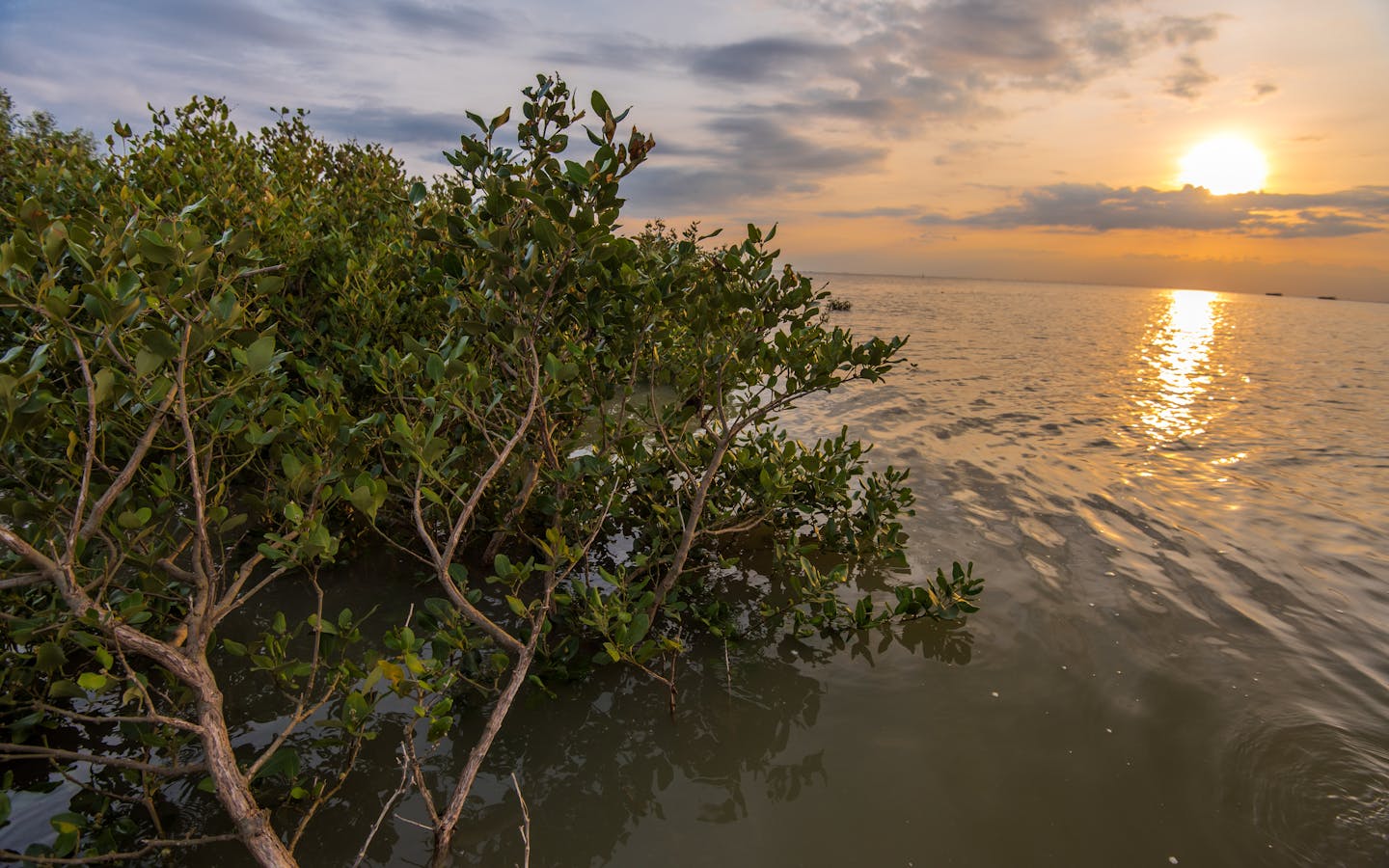Our projects
Applying scientific tools in China
Oceans cover 71 percent of the planet, provide 50 percent of oxygen and absorb 30 percent of carbon from human activities. Globally, over 3 billion people’s livelihoods depend on oceans. Three out of seven people rely on oceans as their main source of protein. Oceans are rich in biodiversity, with more than 200,000 known species.
In 2012, OHI was released in China. Through the ongoing efforts of the OHI working group, Conservation International and partners have developed a localized model for calculating OHI scores in China.

Marine Protected Area Network in China
Since 2010, Conservation International has helped to promote the creation and management of marine protected areas in China and to explore the “seascape” approach that protects and manages oceans at larger scales for human well-being. Since 2004, we have helped to establish four seascapes globally.
Sea turtles are ancient marine reptiles. They are one of the key indicators of ocean health. Almost all seven sea turtle species are listed as endangered under the International Union for Conservation of Nature (IUCN) Red List with the exception of the flatback turtle (lack of data). Since 2011, Conservation International and its partners have been promoting sea turtle conservation in China, formulating conservation plans, and facilitating the establishment of the China Sea Turtle Conservation Alliance.
The Chinese White Dolphin (CWD) is the only class I protected marine mammal in China, and its population is declining. Conservation International supported the establishment of China’s first CWD Conservation Alliance and promoted the creation of the Southeast Asia CWD Conservation Network.


Restoring coastal ecosystems in China
Coastal ecosystems like mangroves matter – they not only protect the coast from storm surges and typhoons, but they also purify water, and absorb carbon emissions with a greater capability than any other tree species! However, given its importance, the past five decades witnessed a loss of more than 70% mangroves in China.

The Chinese government is increasing its investment in a large-scale mangrove restoration initiative, yet the technical issue remains a challenge. With great investments in mangrove conservation and management in the past years, Conservation International has been working with local partners in coastal provinces of China including Guangdong, Guangxi, and Hainan, piloting mangrove restoration and invasive species solutions based on science and field demonstrations.
VIDEO: A documentary on Chinese white dolphin conservation




